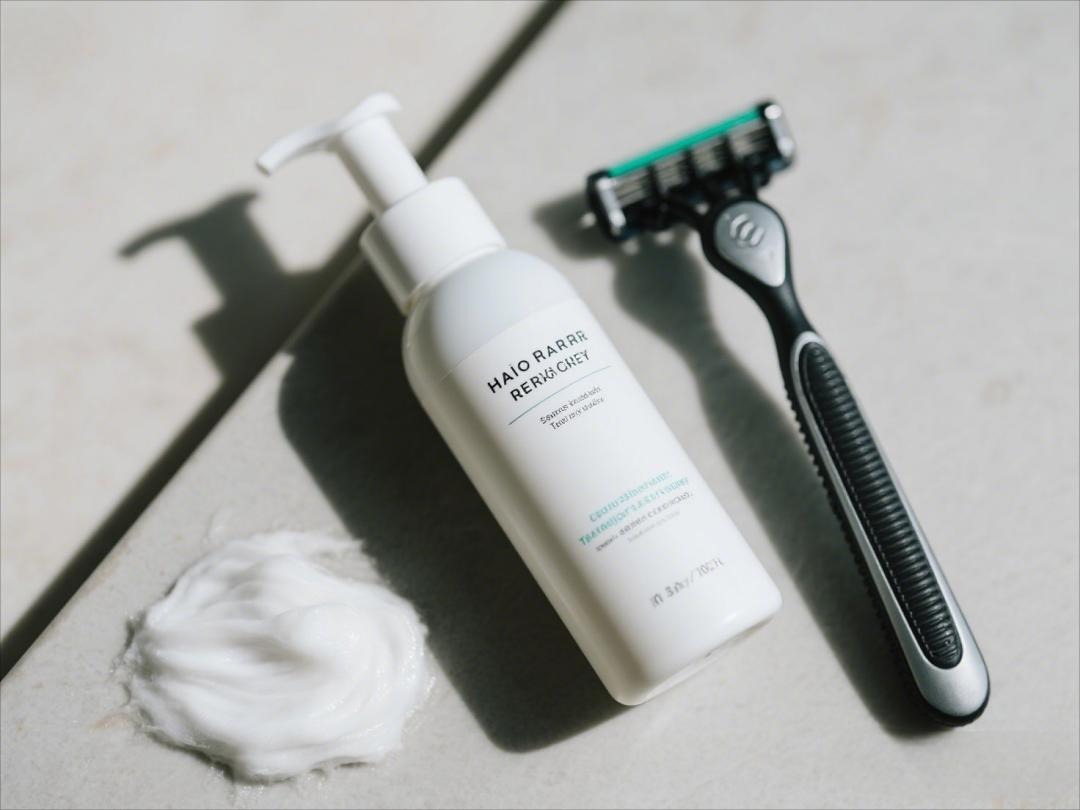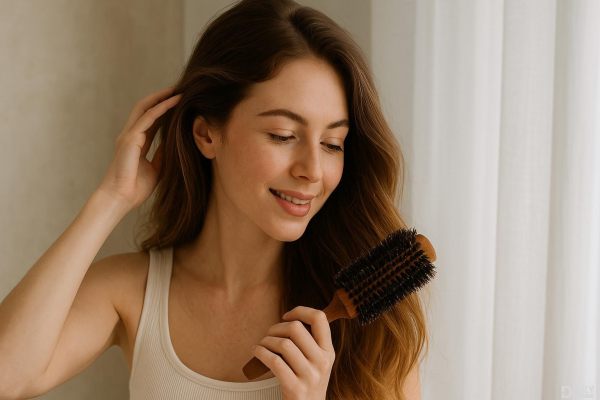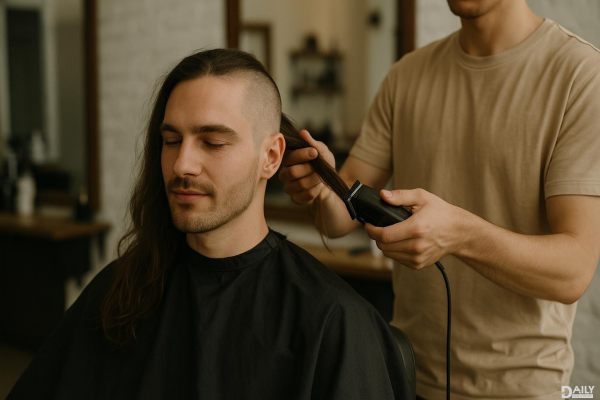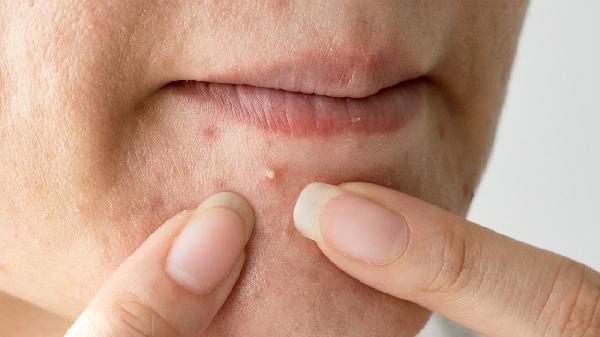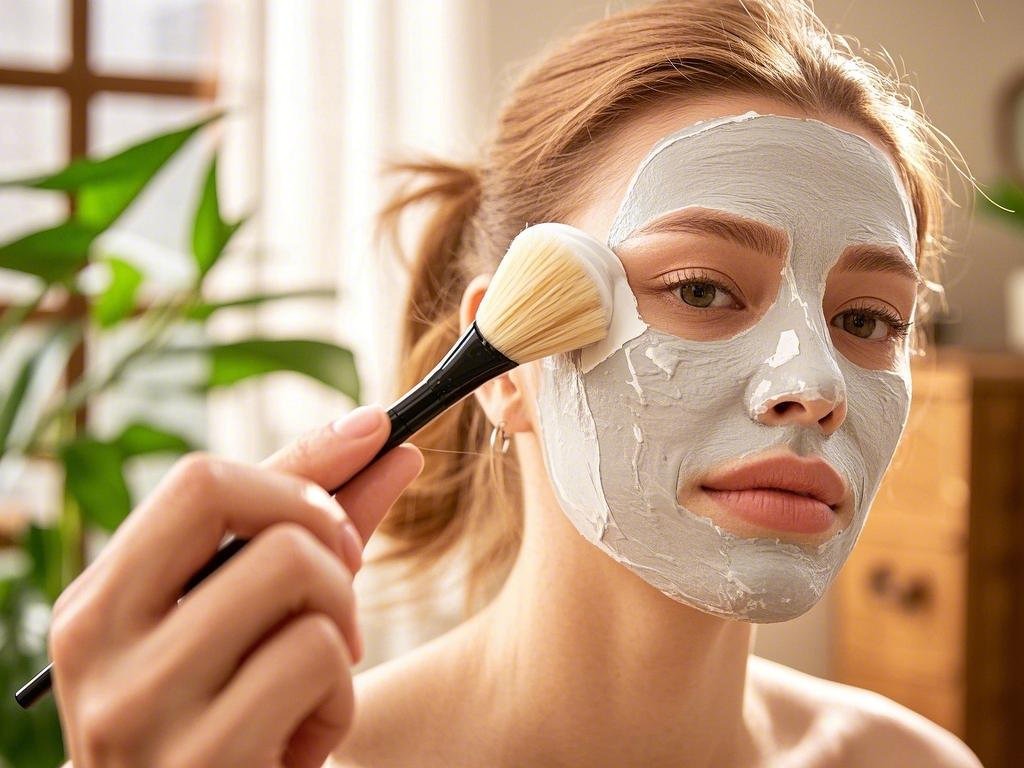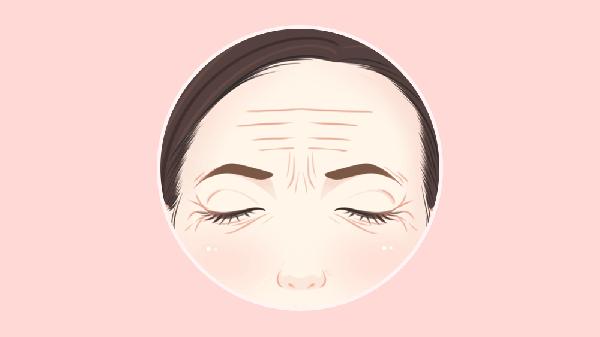You might think conditioner is just a glorified detangler, but it's actually your hair's secret weapon. That slippery stuff in the shower does way more than make your strands feel soft—it's like a bodyguard, therapist, and stylist all in one bottle. Most people underestimate the power of a good conditioner, but once you understand what's really happening when you slather it on, you'll never skip conditioning again.
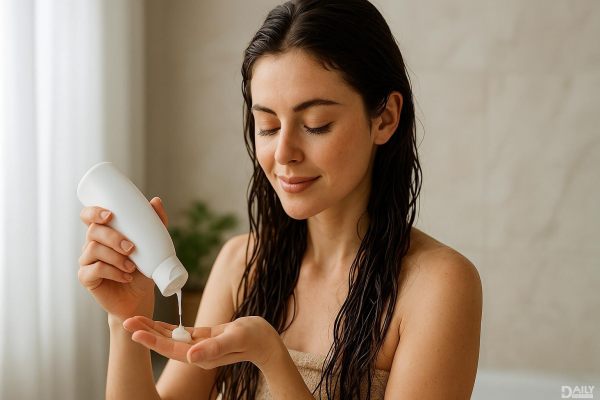
Conditioner works its magic through a combo of cationic surfactants and fatty alcohols that bond to your hair's negatively charged surface. Translation: it fills in the microscopic cracks in your hair shaft like spackle for your strands. Every time you shampoo, you're stripping away natural oils and creating tiny fissures in the hair cuticle—conditioner swoops in to repair that damage before your hair becomes a frizzy mess. The best formulas contain ingredients like behentrimonium chloride or cetrimonium chloride that act like microscopic magnets, attaching to damaged areas and creating that signature silky feel.
While hydration is conditioner's main gig, premium formulas pack extra benefits you might not expect. Many contain UV filters to shield hair from sun damage (yes, your strands can get sunburned too). Some include proteins like keratin or silk amino acids that temporarily patch up split ends between trims. There are even conditioners with probiotics to balance your scalp microbiome—because healthy hair starts at the roots. The latest innovations include bond-building technology that repairs broken disulfide links in damaged hair, similar to what happens during a professional keratin treatment.
Most people get conditioning all wrong—they either glob it on roots to tips or barely use enough to cover a pinky finger. The sweet spot? Apply a quarter-sized amount (more for thick/long hair) starting mid-lengths to ends. Let it sit for at least 90 seconds—this gives active ingredients time to penetrate instead of just coating the surface. For extra thirsty hair, try the "squish to condish" method: apply conditioner to soaking wet hair, then scrunch sections upward until you hear a squishing sound, which helps strands absorb maximum moisture. Always rinse with cool water to seal the cuticle and boost shine.
Not all conditioners are created equal. Rinse-out conditioners are your daily workhorses, while deep conditioners (aka hair masks) contain higher concentrations of emollients for weekly intensive treatment. Leave-in conditioners provide lightweight moisture and thermal protection for styling. Cleansing conditioners (co-washes) gently clean while conditioning, perfect for curly hair types. Then there are bond-building conditioners that repair broken protein links in chemically treated hair. The key is matching the formula to your hair's needs—fine hair does better with lightweight, volumizing conditioners, while coarse textures need ultra-rich creams.
Over-conditioning is a real thing—it can make hair limp and greasy faster. Skipping conditioner because you have oily hair? Big mistake—your scalp overproduces oil to compensate for dryness. Applying conditioner to roots when you have fine hair? That's a one-way ticket to flatville. Using the same conditioner year-round? Hair needs change with seasons, humidity, and styling habits. And that "tingling" sensation from menthol-heavy formulas? That's irritation, not deep cleansing—switch to a gentler option if your scalp feels uncomfortable.
Next time you reach for that bottle, remember you're not just moisturizing—you're actively repairing damage, preventing future breakage, and creating the foundation for healthy hair growth. A good conditioner is like an insurance policy for your strands, protecting against everything from heat tools to environmental stressors. Once you find your perfect formula and application method, you'll notice fewer split ends, less breakage, and hair that behaves better between washes. That's the real conditioner glow-up.
